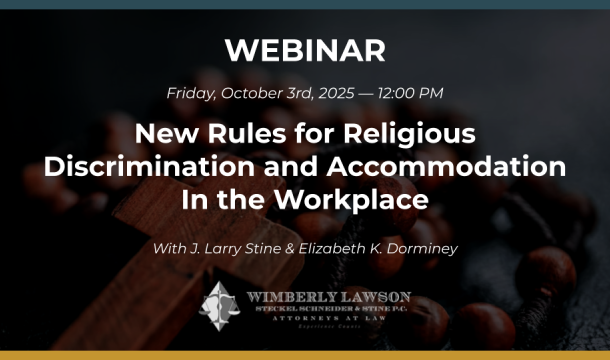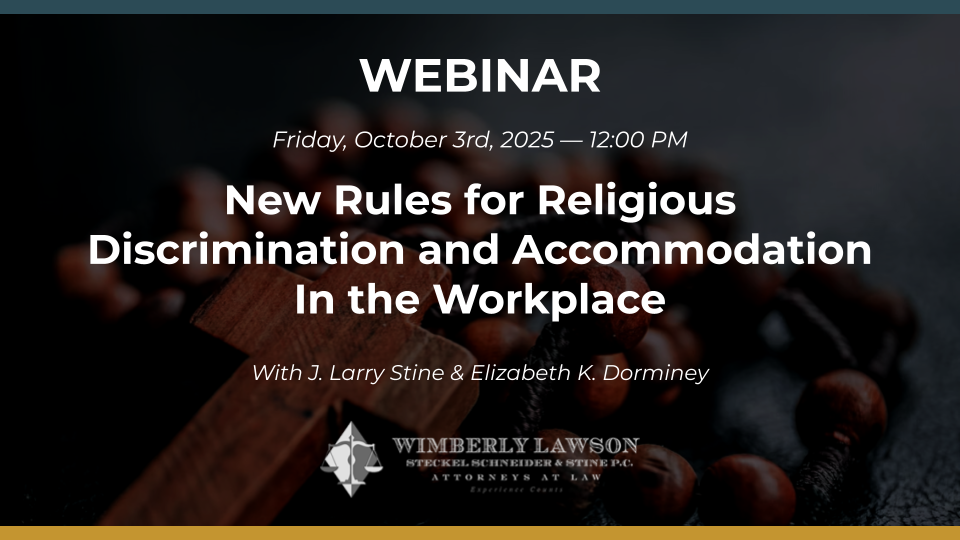U.S. Department of Labor Issues Final Overtime Rule
On September 24, 2019, the U.S. Department of Labor announced its long-anticipated Final Rule on exemptions and overtime under the Fair Labor Standards Act (FLSA). The new rule takes effect on January 1, 2020.
Unlike its Obama-era predecessor, which was challenged in court and enjoined by the U.S. Court of Appeals for the Fifth Circuit, the new Final Rule is more of an update than a reinvention of the regulatory structure. It increases the salary thresholds necessary to exempt executive, administrative, or professional employees from the FLSA’s minimum wage and overtime pay requirements from $455 to $684 per week (equivalent to $35,568 per year for a full-year worker). It also allows employers to count a portion of certain nondiscretionary bonuses and commissions towards meeting that salary level: this will allow an employer to “catch up” an employee’s earnings at year-end so the employee qualifies for the exemption. The total annual compensation level for highly compensated employees (HCE) is increased from the currently-enforced level of $100,000 to $107,432 per year. Long-standing exemptions for teachers, lawyers, and other professionals remain unchanged.
The new salary thresholds basically just reflect growth in employee earnings since the current thresholds were last updated in 2004. Similar revisions to special salary levels allowed for workers in U.S. territories and in the motion picture industry also are included. Detailed information about the final rule is available at https://www.dol.gov/whd/overtime2019/.
What does this mean for you? Now is the time to take a look at your current payroll. Make sure that salaried, exempt employees’ earnings meet or exceed the new $684/week threshold: but know that if you fall short, you may be able to make it up to them at year end (that will be December 2020) with a bonus. Also check any “highly compensated” employees to be sure they are meeting or exceeding the new $107,432 level.
Comment: Unlike the previous Administration’s proposal, which sought to completely revamp the rules for overtime pay, this Final Rule should not pose difficult compliance problems. As always, we will be happy to work with you to ensure that your questions are answered and that you can confidently plan and execute compensation policies in accordance with the law.
Questions? Need more information? Call Larry Stine at 404-365-0900.
Related Content
Get Email Updates
Recent Content

Trump Nominates Appointments to NLRB and EEOC but Policy Changes Likely to Be Delayed

DOL Launches Self-Audit Programs Designed to Help Employers Improve Compliance

DOL Must Release EEO-1 Reports to the Public under Open Records Laws

Current Advice on Active-Shooter Situations

New Policy for Federal Workers and Religious Expressions

